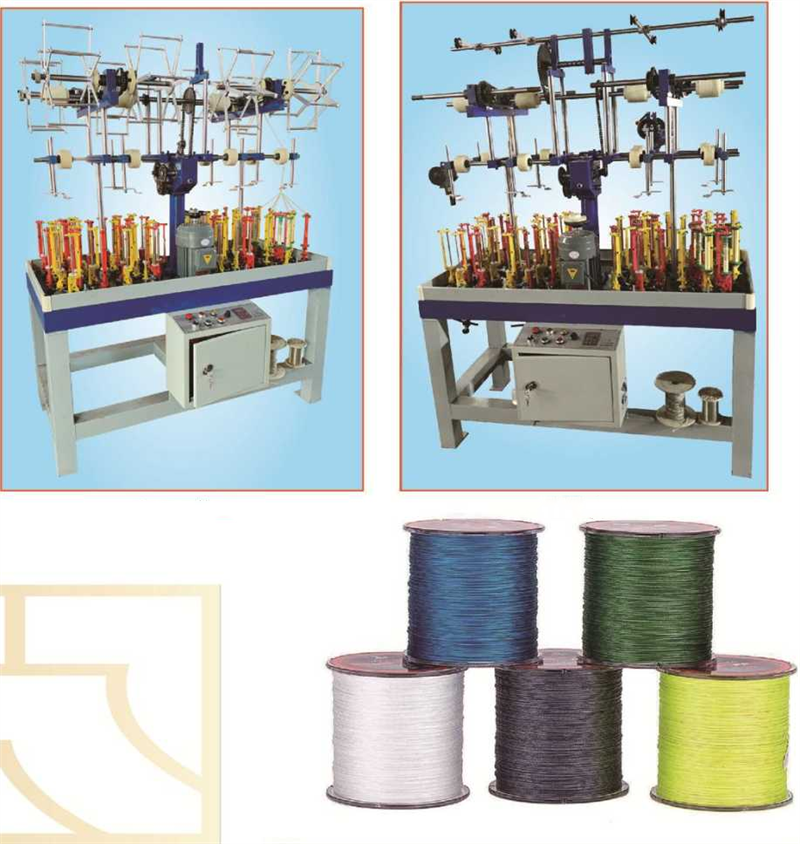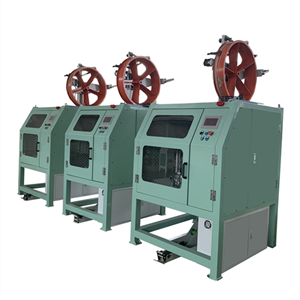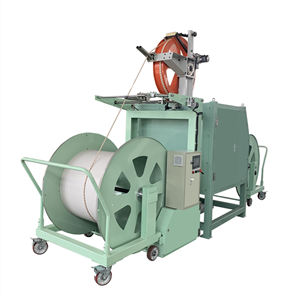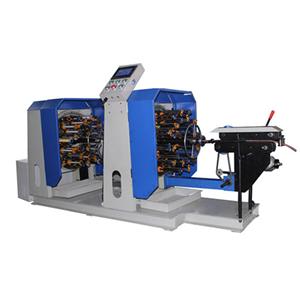How Is Braided Finishing Line Made?
Braided fishing lines, a combination of strong and thin fibers intricately woven together, offer unique advantages and challenges in the realm of angling.
Made from materials like Kevlar, these lines exhibit remarkable characteristics. Their resistance to water absorption ensures consistent behavior whether dry or submerged.
This quality contributes to their popularity among anglers engaging in various fishing environments.
A significant advantage of braided lines lies in their durability. Despite being only a third or a quarter of the diameter of monofilament lines, they maintain comparable strength.
This characteristic allows anglers to spool longer lines without the need for oversized and heavy reels. Particularly in deep-sea fishing where sea currents pose resistance,
the strength-to-diameter ratio of braided lines becomes especially beneficial.
Deep-sea anglers appreciate the strength of braided lines, enabling them to use more manageable reels even with extended lines. However, this strength comes with a drawback –
reduced resistance to abrasion. Sharp rocks and rough underwater terrain can pose a threat to braided lines, necessitating anglers to exercise caution.
Carp anglers are increasingly turning to braided lines, recognizing their strength and versatility. Nonetheless, the lack of flexibility in braided lines means that a fish bite can exert a more pronounced influence,
demanding heightened attention from anglers.
Visibility is another consideration with braided lines. While their high visibility might be a disadvantage in clear waters, some anglers leverage this characteristic in murky environments with abundant vegetation.
In such conditions, the visibility can attract fish.
Braided lines, primarily designed for top-water fishing, exhibit buoyancy, making them well-suited for certain angling techniques. Their lack of memory, unaffected by prolonged exposure to sunlight,
is advantageous as they don't form loops on the spool, making them ideal for spinning reels.
Despite these advantages, working with braided lines presents challenges. Tying knots can be more difficult, and certain knots may not be suitable.
However, their knot resistance contributes to their reliability in various fishing scenarios.
Cutting braided lines is challenging due to their composition, emphasizing the importance of using high-quality tools for this purpose.
In conclusion, braided fishing lines offer a range of benefits, from strength and durability to versatility in various fishing conditions.
However, anglers must be mindful of their visibility, resistance to abrasion, and the challenges associated with knot tying and cutting.
When chosen and handled with care, braided lines can be valuable assets in an angler's toolkit.





